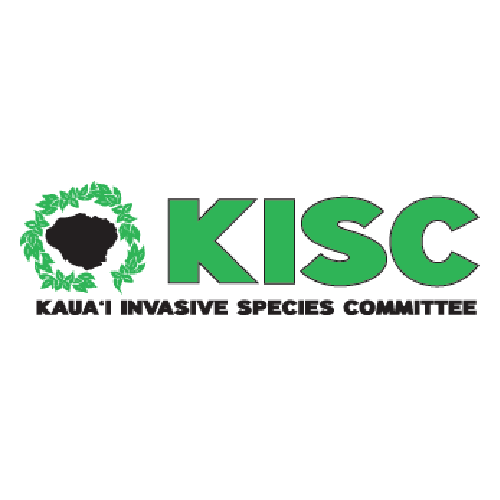Family: Moraceae
Ficus benjamina (weeping fig or Benjamin fig) is a broadleaf evergreen tree native to tropical Asia and northern Australia. It is a popular ornamental species, valued for its graceful, arching branches and glossy green leaves. In its native range, the tree can reach up to 30 meters tall and form large, dense canopies, while cultivated specimens and indoor plants are typically kept much smaller. The species produces a milky sap that can irritate the skin or trigger allergies in sensitive individuals. Ficus benjamina is also known for its ability to improve indoor air quality and its adaptability as a container or bonsai specimen, making it one of the most widely grown indoor plants in the world.
When grown in Hawai‘i, Ficus benjamina is used as a landscape or shade tree, but it can cause problems when planted too close to structures or paved areas, as its roots are aggressive and can damage sidewalks, walls, and plumbing. It prefers bright, indirect light, moderate watering, and protection from cold or sudden environmental changes, which can cause leaf drop. The species can host pests such as scale, mealybugs, and spider mites, and is best suited for contained or managed settings. While not currently known to be invasive in Hawai‘i, its potential to spread vegetatively and its large, destructive root system make it a species to plant with care—or to replace with less aggressive alternatives in sensitive or heavily landscaped areas.
High Risk Traits:
- Climate Versatility: Highly suited to tropical/subtropical climates and tolerates a wide range of soil conditions.
- History of Introductions: Frequently introduced outside its native range for ornamental purposes.
- Toxic to Humans: Can cause allergic reactions and contact urticaria; exhibits cross-reactivity with latex.
- Shade Tolerant: Can establish and grow under low light conditions.
- Vegetative Reproduction: Can reproduce via suckers and coppicing.
- Bird-Dispersed Seeds: Fleshy, red figs are attractive to birds, facilitating spread (where seeds are produced).
- Prolific Seed Production: Produces numerous seeds.
- Resilient to Damage: Tolerates and benefits from mutilation (e.g., coppicing).
Low Risk Traits:
- Limited Invasiveness: Not reported to be naturalized or a significant weed outside its native range.
- No Spines/Thorns: Lacks physical defense structures.
- Specialist Pollinator: Requires a specific fig wasp for sexual reproduction, which may limit seed set outside its native range if the wasp is absent, as is the case in Hawaii.
- Slow Generative Time: Takes 4 or more years to reach reproductive maturity.
- No Unintentional Dispersal: Propagules are not adapted for wind or water dispersal and are not known to be contaminants.




